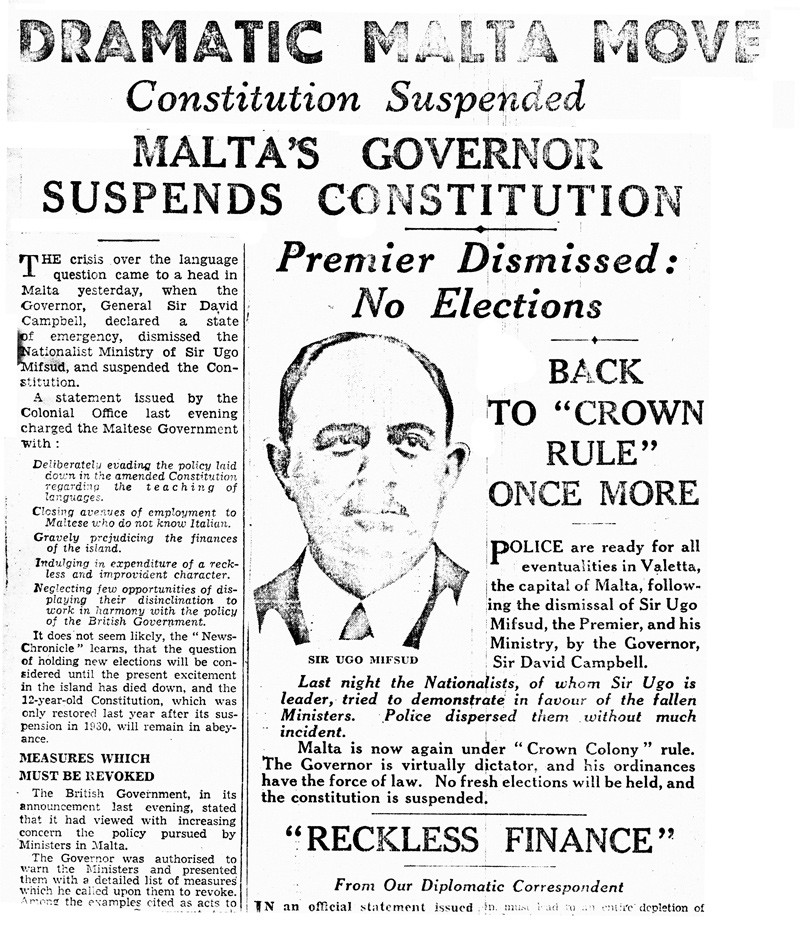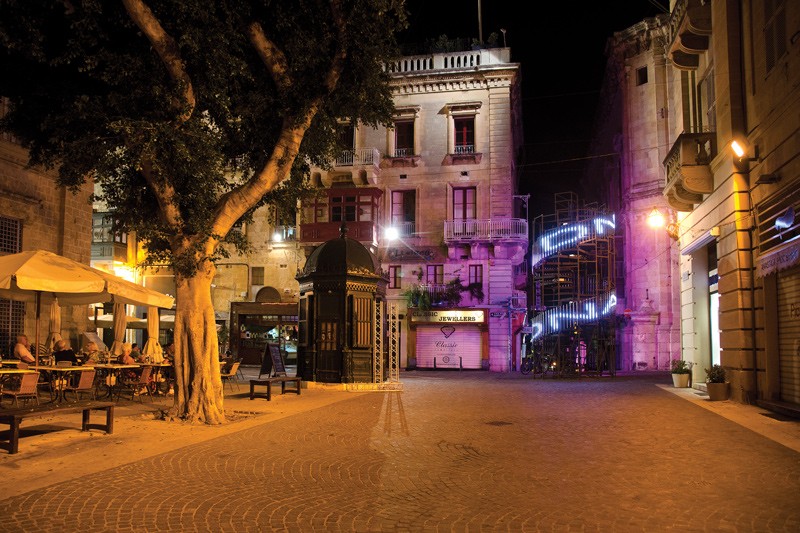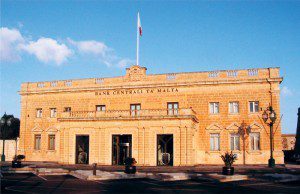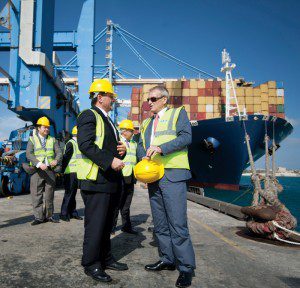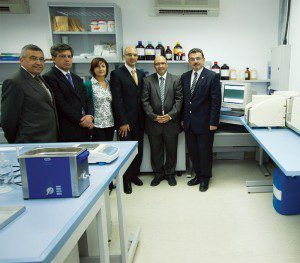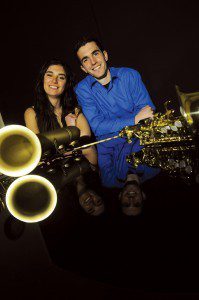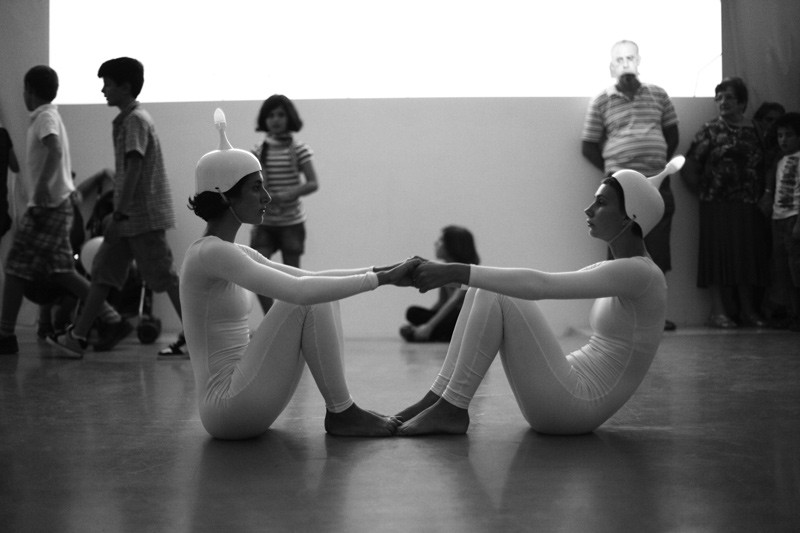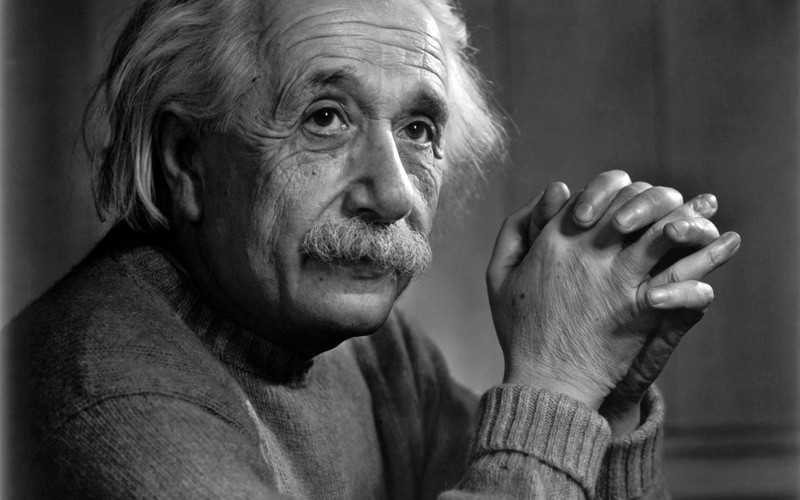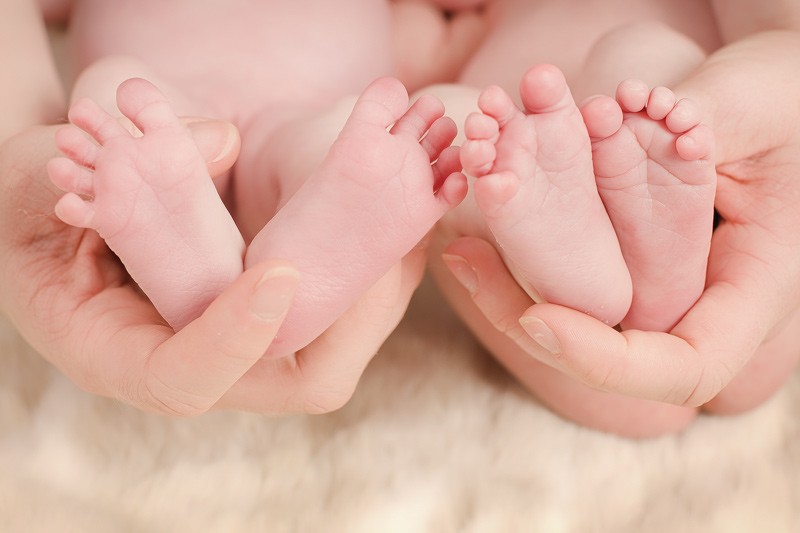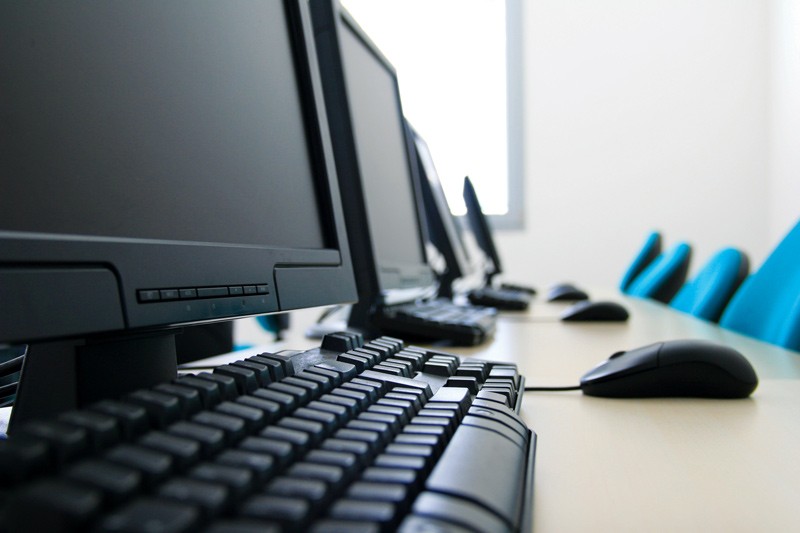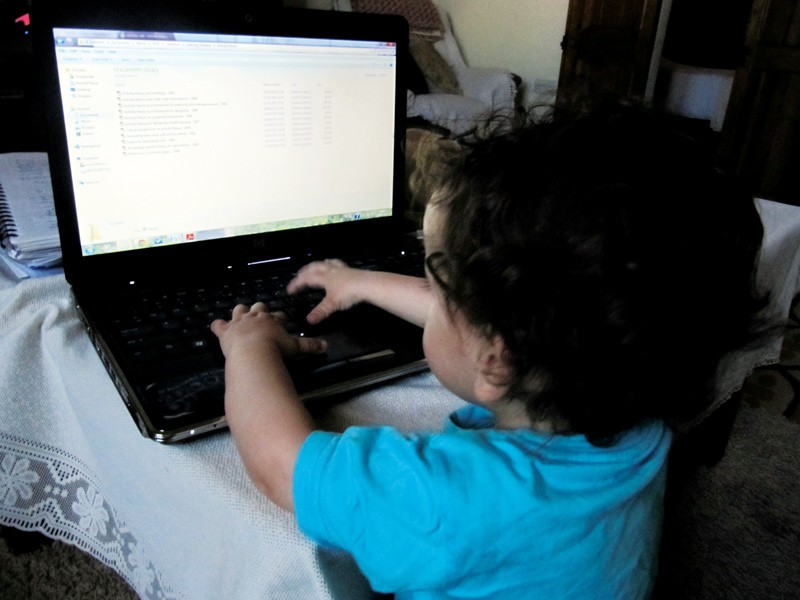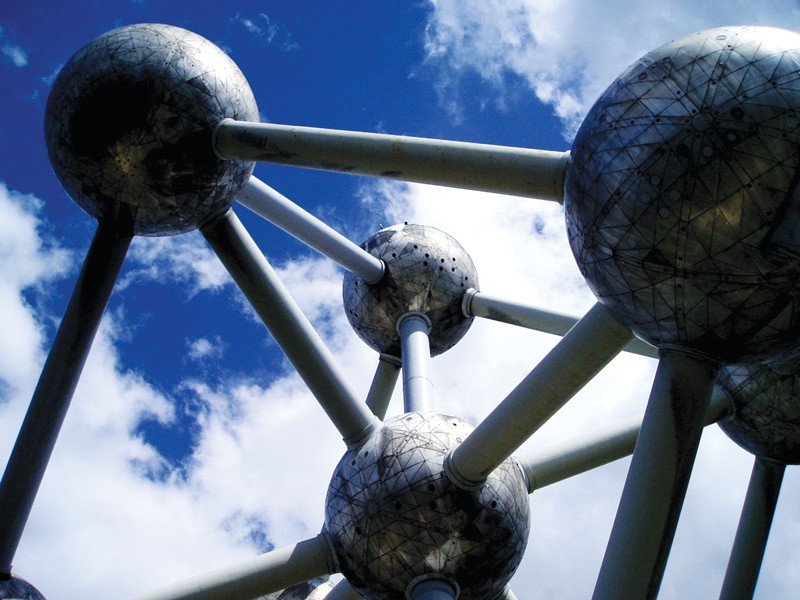Science in the city 2012
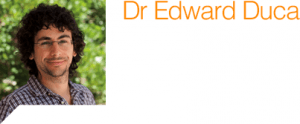 On the 28th September, Malta’s Science and Art festival launched to over 12,000 people, as part of the EU-wide celebration Researchers’ Night. Science carnival parades, busking, art installations, performances and more filled Malta’s capital with over 20 events — bleeding into the Notte Bianca festival. Science and art are usually seen as two separate cultures. Some humanities branches have directly rejected it, but other fields are embracing science. In Malta, top artists leafed through books, or had a chat with University of Malta scientists to find sources of inspiration (or criticism). Valletta became filled with giant fruit flies and DNA strands (Climbing your DNA). You could even have sat down, had a coffee, and pondered why there were acetate brain slices hanging in front of Malta’s National Library. The city could be viewed through a different lens for a few days.
On the 28th September, Malta’s Science and Art festival launched to over 12,000 people, as part of the EU-wide celebration Researchers’ Night. Science carnival parades, busking, art installations, performances and more filled Malta’s capital with over 20 events — bleeding into the Notte Bianca festival. Science and art are usually seen as two separate cultures. Some humanities branches have directly rejected it, but other fields are embracing science. In Malta, top artists leafed through books, or had a chat with University of Malta scientists to find sources of inspiration (or criticism). Valletta became filled with giant fruit flies and DNA strands (Climbing your DNA). You could even have sat down, had a coffee, and pondered why there were acetate brain slices hanging in front of Malta’s National Library. The city could be viewed through a different lens for a few days.
There are other ways science and art can interact. Science and technology can be used to explore art and analyse it. Van Gogh’s Sunflowers was recently examined by chemists, identifying why the pigment was becoming a mucky brown, shedding insight on how to reverse the degradation and bring back the artist’s true vision. Artists and scientists can come together to collaborate on new research. Recently in Ireland, a weaver visualised a large data set by making a huge tapestry. The scientist then analysed the giant carpet to interpret her data. Art can also be an excellent way to explore the ethical implications of science — its potential harm, benefit or relation to society.
Science in the City was simply a start that dipped its toe into this new pool. It saw researchers and students combine their efforts with artists and performers to bring together a range of events (read about Alexandra Fiott’s experience on pg. 23). Nine scientists appeared live on prime time TV to talk about their research with prominent entertainers Angie Laus and Pawlu Borg Bonaci. From within large crowds, science students performed science demonstrations, while MCST (Malta Council for Science and Technology) held a highly successful science fun fair for kids, with another kids activity at Auberge D’Italie by MARes (another EU funded project). Scientists met politicians at Science in the House organised by the Malta Chamber of Scientists. There were talks on the health benefits of local honey by Simone Cutajar (science graduate), mathematics and piano recitals by Tricia Dawn Williams, electronic and flute performances from Italy with compositions based on the Chaos Theory that explains hurricanes, and a bit more. The big night was followed up by talks and discussions. Ira Melkonyan spoke about the new field of BioArt while there was even a discussion on human cloning after the play A Number by Caryl Churchill. Over the next few pages, THINK has selected the major artworks created for Science in the City.
Words by Dr Edward Duca, full disclaimer: author is the project manager of Science in the City.
Part of Science in the City, Malta’s Science and Arts Festival
For more stories click here
Find out more:
– HOW?
– DESTROYING BOUNDARIES THROUGH SCIENCE IN THE CITY
Supporting the RIDT… BECAUSE RESEARCH MATTERS
When researchers are at work, they are taking steps that will eventually change our lives. Some steps are very small and will take years to complete, while others are faster and larger. Researchers are part of a global process that will provide solutions to a multitude of challenges. They can resolve our problems to provide energy, safeguard the environment, maintain food supplies, improve healthcare, and sustain efficient transportation. These solutions need innovation and the research that fuels it; this is the only way for societies to survive… let alone thrive! Our future needs hard work and new approaches, ‘doing what we’ve always done’ will not be enough.
The globe’s successful economies all invest huge amounts of money in research; much more than Malta, even if scaled to our economy. Locally, research is particularly relevant since we all know that Malta’s only real resource is the resilience, ingenuity, and diligence of its people.
THINK magazine helps pay tribute to the valuable work of researchers within the University of Malta. Over the centuries, the University has supplied Malta’s intellectual driving force. This institution has produced the graduates who have transformed a small barren archipelago into a civilised developed country within the European mainstream. Apart from a strong academic orientation, the University of Malta is an increasingly important centre for world-class research projects, across a wide range of disciplines. The University also collaborates with other major seats of learning, educational centres and institutes in a number of significant projects. This publication is committed to expose research and its social benefits.
| How can you help? |
|
If you share our objectives, please consider what you or your organisation can do to help us to achieve them.Has the University of Malta helped you arrive at where you are today? You can donate financially through the RIDT website. There you can choose whether your contribution goes to the current priorities of the RIDT, or to a faculty, institute, or centre of your choice.Why not consider leaving a contribution to the RIDT in your will? Talk to us for more details. Your gift, of whatever size, will play an important part in enabling the University of Malta to increase its research activities and to develop the necessary environment for excellence.
You can donate and get to know more about the RIDT by visiting www.ridt.org.mt |
For the University of Malta to fulfil its true ‘University of the Future’ role, a much greater emphasis on research and innovation is needed. This will serve as a catalyst for on-going development and progress. For this future to happen, society, and the individuals within it, will need to support the University of Malta’s thrust to prioritise research and innovation. Malta will then achieve a better, more sustainable, and ‘higher value added’ future.
The Research, Innovation and Development Trust (RIDT) has been set up with this specific goal: to engage with all sectors of society in a drive to support research activity. During the past year the RIDT has managed to secure an encouraging number of supporters who have made a donation towards its mission. Private companies, public institutions and individuals have come forward with their donations — large or small — because they believe that for a country to thrive and prosper it needs the backing of a strong University that maintains its role as a higher education institution and as a centre for research and innovation.
During 2012 the RIDT received an encouraging number of donations from individuals, companies and public institutions. The University recognises the generosity of donors and would like to publicly thank them. Together with these donors mentioned here, the RIDT received a number of donations from individuals and organisations that preferred to remain anonymous.
The Central Bank of Malta
The donation of the Central Bank of Malta will go towards the establishment of The Central Bank of Malta’s Chair in Economics at the University of Malta. The chair will be instituted within the University’s Faculty of Economics, Management and Accountancy. The agreement will run for five years, starting 1st October 2012.
Malta Freeport Terminals Ltd.
Malta Freeport Terminals Ltd will be supporting the Research, Innovation and Development Trust (RIDT) of the University of Malta, over a five year period starting 1st January 2013. The funds will be received through the University’s Research Trust, and will be administered by RIDT’s Board of Trustees.
Evolve Ltd.
Through the RIDT, Evolve Ltd, a subsidiary of Attard & Co that provides laboratory products and services, donated three instruments to the Chemistry Laboratory of the University of Malta. The instruments include a Gas Chromatograph, a Particle Sizer and a FTIR (Fourier Transform Infrared Spectrophotometer). The new equipment will enable the Department of Chemistry to increase its research activity while providing better facilities for post-graduate students.
Two university students, Christine Zerafa and Philip Attard, came up with a brilliant idea earlier this year. They put their musical talents to good use and managed to raise funds that were donated to the RIDT. Christine is finishing her Ph.D. in Chemistry and has recently obtained a Master’s degree in performance music, making her an accomplished concert pianist. Philip is doing a Bachelor’s degree in Music Studies and is fast becoming one of Malta’s leading saxophone players.
Glowing rabbits, inverted geometry, and feeling normal
Words by Ira MelkonyanContinue reading
Did Albert Einstein say we only use 10% of our brain?
Probably not.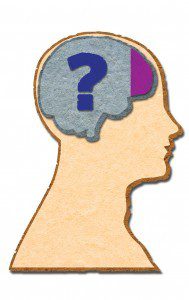 It has been misattributed to Einstein to explain his great intelligence. The idea being that if only we used more, we would unlock the powers of our mind, become mathematical geniuses, perhaps even become telekinetic. Unfortunately, even when we think we are being lazy, like sleeping, our minds are quite busy.
It has been misattributed to Einstein to explain his great intelligence. The idea being that if only we used more, we would unlock the powers of our mind, become mathematical geniuses, perhaps even become telekinetic. Unfortunately, even when we think we are being lazy, like sleeping, our minds are quite busy.
Is all hope lost? Are we stuck with the intelligence we have? Probably a good education does not hurt and cognitive scientists have identified two methods that can push our brains further. The first involves focus. By concentrating on a single task, you can use more of your brain and tackle those complex mathematical formulae. The brain is usually very distracted.
The second strategy is optimisation. It involves letting your brain find the optimal solution by stopping to think and considering many alternatives before jumping on one answer.
Creativity can use a totally different ball game. Sometimes it is best to let your brain wander and simply consider all alternatives. Our brain is too complex for a few basic strategies to apply to all situations.
Why did humans develop a large brain?
“Of all animals, man has the largest brain in proportion to his size” — Aristotle. Dr Yves Muscat Baron shares his theory on how humans evolved large brains. The theory outlines how gravity could have helped humans develop a large brain — the author has named the theory, ‘The Gravitational Vascular Theory’.
LOOKING UP TO THE SKIES
Malta is involved in the creation of the largest telescope ever built, the Square Kilometre Array. The telescope will be composed of 10 million antennas, process petaflops of data per day, and cost 1.5 billion euros. When built the array will peer deep into space to see how the first stars were born and attempt to solve the riddle of our origin. Words by Dr Kris Zarb Adami and Dr John Abela.
Attention, Research ahead!
B yDr Ernest CachiaContinue reading
A balancing act
I am writing this in a sports complex cafeteria, waiting to pick up my daughter from her ballet lesson. In the meantime, my eighteen-month old son tugs persistently at my sleeve — he wants to lick the froth off my capuccino and bang on the keyboard to make the screen respond. If this sounds familiar to you, then you may be one of those researchers who are juggling studies, work, and kids.
I am on the eve of submitting my Ph.D. dissertation. Since I started, there has not been a single birthday, Christmas, or ‘sick’ day when I was not at my laptop, working on my research. During the first year I found it difficult to concentrate. I was alone at home, with a lot of time on my hands, and there were days wasted on Facebook and eBay. Thankfully, I was brought back to my senses and managed to start focussing on my work.
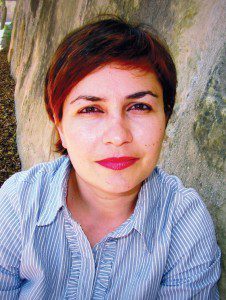
As the first year rolled into the next, my son was born. Perhaps this was irresponsible, but then again, one cannot put life on hold to achieve a degree. The pregnancy was not easy and even necessitated hospital admission for a short time. To complicate matters, I had an important exam in the week my son was meant to be born, so I spent many sleepless nights to complete my work in advance and take the exam earlier. Pregnancy even complicated flights, since I was refused airtickets when 33 weeks pregnant.
I usually work during the night, when the world is asleep, although this is not always guaranteed when babies share your habitat. I plan my work around their schedule, intensively writing while they sleep, and performing simpler tasks while they are running around the house and destroying every piece of furniture in the process.
Being a mum keeps me grounded. I now respect deadlines religiously, finishing early means I am able to spend more time with my loved ones. Kids can be very unpredictable — they fall sick at the eleventh hour, just before you are expected to email a chapter to your supervisors. A mother needs to attend school open days and sports days, stick holy pictures to Religion project books, and keep their hair free of lice. I either work on my research in every waking hour after I have satisfied mummy duties, or else have to compromise between family and studies. As far as possible, I do not let this happen. I do not have any superpowers and have never reached a work-life balance. I just make priorities. I may have laundry baskets overflowing with clothes waiting to be folded, but I prefer to take my kids to the playing field or watch a movie. I can do much more, of course, as a mother, and I do sometimes fail. When time is tight, to finish writing I can spend hours at my laptop with little interaction with my kids. Otherwise, it would be difficult to focus and to regain the thread of my thoughts.
For my studies, I need to visit campus abroad and to present at conferences. I usually take my son along with me. He’s too small to leave behind for more than a couple of days. Last summer I took him to Portugal for a conference and had to board three planes, a train and a bus. I am sometimes met with pitying glances, but very often people are helpful and understanding.
I may not be inspiring my kids to become researchers when they grow up. Indeed, my daughter wishes that I had taken up something more ‘glamorous’, but I believe and hope that my sense of diligence will rub off on them. That it will motivate them to chase their own dreams, as I am chasing mine.
Europe, inflation, interest rates, and a financial crisis
The world is currently going through the greatest financial crisis since the 1930s. To reverse the economic crunch, central banks lowered the rate of interest to reverse the slowdown in credit availability, a popular economic policy. Such approaches are based on solid economic theories. However, the unique crisis could have really changed how economies react.
Stephen Piccinino (supervised by Professor Josef Bonnici) analysed the relationship between inflation and interest rates in the euro area between 1999 and 2011. The economic theory called the Fisher effect defines this relationship, and assumes that if a central bank injects money too quickly into an economy it would simply raise the rate of inflation.
From January 1999 to August 2008, the Fisher effect held true and the rate of inflation increased with the rate of interest in a one-to-one fashion. While between September 2008 and March 2011, this relationship fell apart due to intervention by the European Central Bank (ECB). The ECB lent retail banks large sums of money at favourable rates. It also removed limits on how much banks could borrow and reduced interest rates. These changes influenced the relationship between interest rates and inflation.
During this period, inflation rose faster than interest rates, which meant that money held in bank accounts had a lower return than in previous years. These findings mirrored the Federal Reserve’s policy interventions in the US between 1979 and 1982.
Find out more HERE.
This research was undertaken as part of a Bachelor of Commerce (Honours) in Economics.

